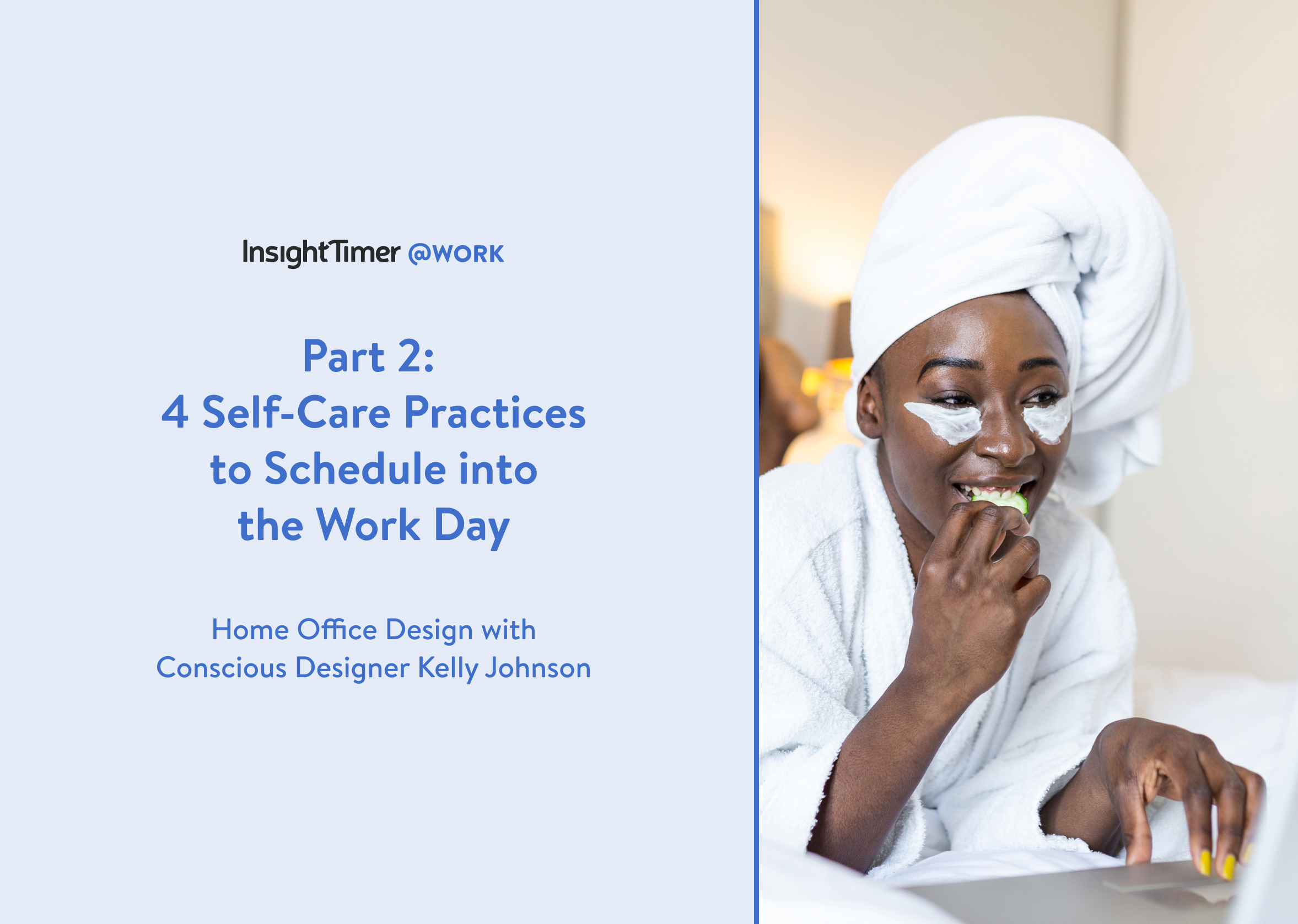No matter how anxiety appears in our day-to-day, it’s often overwhelming and hard to handle. For some, it starts as a tingling in the fingertips followed by shortness of breath. While for others, it’s a sudden spiral of all-consuming thoughts, impossible to ignore.
Cue the added pressures of work day demands, and we’re in trouble. From endless to-do lists to constant meetings and pings from chat platforms, our panic response is easily triggered, causing a permanent state of unease from our workday and beyond.
The Anxious Habit
Dr. Judson Brewer, associate professor at Brown University and executive director at Sharecare, is more than familiar with the plight of anxiety. He suffered from panic attacks during his residency training. Throughout his work, Brewer began to see the endless loop between our brains and anxious reactions.
“Everyone struggles with their mental health,” he says. “In working to help my patients with anxiety, I learned that anxiety could be driven in the same way as other habits — not only can we turn toward unhelpful distractions or coping mechanisms such as drinking, overeating or binging on Netflix, but anxiety and worry can be learned as habit loops.”
Be Body Aware
When it comes to anxiety, awareness is everything. By taking note of how your particular triggers and habits manifest, you can more easily seek ways to replace them with healthier coping mechanisms.
“Instead of trying to force yourself not to engage in a behavior, focus on the mental and physical results of your actions. I have my patients ask a simple question: ‘“What do I get from this?” What does it feel like? How long does it last? Are there other effects that have boomerang consequences, like getting more anxious because you have not completed a task?,” shared Dr. Brewer.
Make Notes
Living with anxiety can often mean learning a whole new language to best describe the unsettling experiences and feelings, and it’s important to use this as your biggest asset.
“Focusing on what is happening rather than getting stuck in ‘why is this happening’ can be helpful here,” adds Dr. Brewer. “Even describing or naming to [yourself] what thoughts are coming up, what emotions [you] are feeling, what body sensations are arising, can help people see more clearly what is happening in their experience, which will make it easier to articulate to others.”
You’re Not Alone
As of June 2020 (in the midst of COVID-19) the CDC reported that about 40% of adults reported struggling with their mental health or substance abuse. And Dr. Irene Cop, MD, DC, Leader of the Global S.H.I.F.T. Initiative, shared with Insight Timer that “Even before COVID-19, over 30% of the population would have been diagnosed with some form of clinical anxiety disorder at some point in their lives.”
Understanding that you’re not alone and taking a deep dive into how your own anxiety presents itself day to day can be the most helpful first step.
Check-in With Coworkers
Whether you’re leading a team or part of one, checking in with coworkers about their mental health helps create a more open environment, one in which employees feel safe to speak honestly about their own needs.
Dr. Brewer suggests, “In my residency training for psychiatry, I learned the great phrase ‘don’t just do something, sit there.’ This a great reminder not to jump in and try to fix someone, but instead be there, listening fully.”
Practice and Preach
Each person’s anxiety will respond to different calming exercises, so it’s worth giving a few a try. Dr. Cop suggests turning to your inner-power and self-worth as a place of anchoring, forgiving yourself for, and stepping out of, the perfectionist trap.
Dr Brewer recommends using positive affirmations to remain calm at work, such as “May I be happy, may I be healthy, may I care for myself with kindness,” feeling kindness arising in your body, and expanding it into unconditional love.
However you choose to put a stop to your anxious habit loop, combining mindful techniques with a culture of openness, can help you see that you’re not alone, and you’re still in control.
Read more about creating psychological safety and belonging in your workplace.








